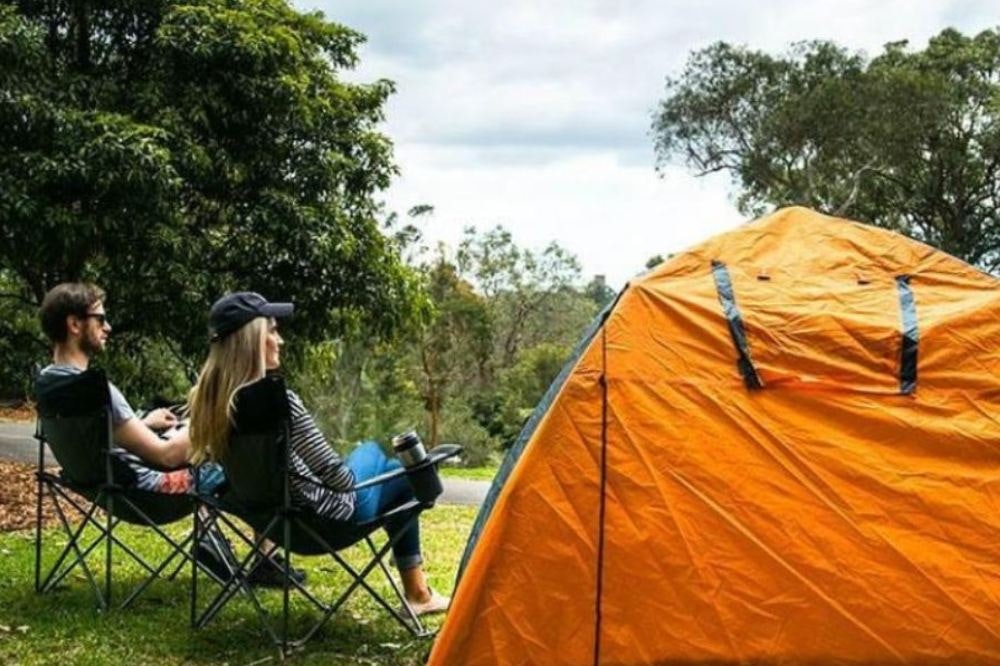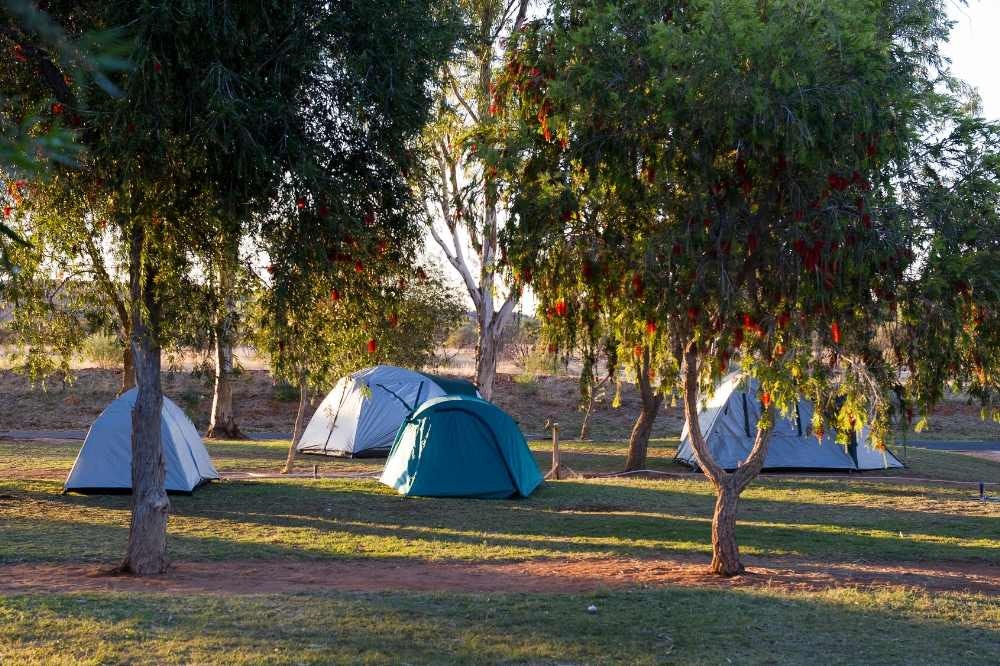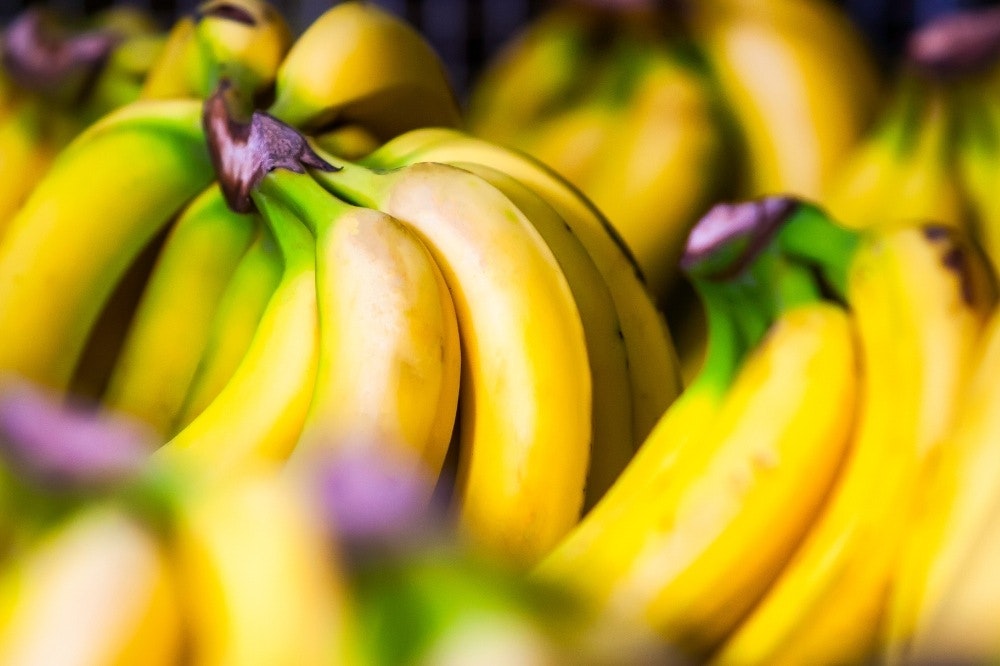Sometimes, even though the forecast has shown nothing but the sun icon all week, the weather just isn’t on your side. It starts with a couple of droplets, then before you know it, you’re driving to the campsite in a downpour. Fear not, as there’s no need to turn around and abandon your trip.
Here are some tips for turning your wet weather camping experience into a great one.

1. Let’s start with the most well-known: pitch your flytent on the highest ground possible. If you set up at the bottom of a hill, you can expect the water to run down and pool around your tent. Stay away from rivers to avoid flash flooding. Pick a piece of flat ground; this will avoid water pooling in any dips in the surface.
2. Though it might seem counterintuitive, don’t pitch your tent below a tree. Although the tree may provide some shelter, once the rainfall stops, the branches will continue to drip on your tent—effectively continuing the shower. Plus, the tree may block out the sun from drying off your tent. Worst case scenario, if a storm sets in, you’re at risk of falling branches. Best to stay in the clear!
3. Set your tent up right. Face the door/entrance of your tent away from the wind, so that you minimise how much water gets in when you need to open it. Open the vents to allow air into your tent; otherwise, condensation can form on the inside.

4. Pack an extra groundsheet to lay below your tent, as an extra buffer between the damp soil and your shelter. Even better, line your tent with a heavy-duty, plastic sheet. While you’re at it, hang a tarp over your tent and any other living spaces. If you own one (or know a mate who does), bring a gazebo to offer some more shelter.
5. Bring extra towels, including microfibre ones that can soak up more moisture, and keep big bin bags handy to wrap around your gear.
6. Like our mate Robert Irwin suggests, if you’ve been out in the damp all day, fill your hiking boots with newspaper overnight. This will soak up the moisture inside the shoe, providing a drier boot for the next day’s adventures.
7. Wear waterproof clothing. Many hikers will already have a trusty rain jacket, but consider picking up a pair of rain pants as well. Always test your waterproof clothing before you leave, and if it’s not as water repellent as it once was, coat it with DWR (Durable Water Repellent).

8. Likewise, regardless of how water repellent your jacket is, bring clothing that dries quickly and does not absorb as much water. In other words, leave your cotton and wool at home (except for extra pairs of socks), and then layer up.

9. When the temperature gets cold, your body needs more food to keep its temperature up. Pack lots of snacks that provide long lasting energy—and, where possible, ones that leave you with a warm feeling in your belly.
Don’t let the sky dampen your fun. Once you’re all set up, the tent will feel like the ultimate haven. Even if you’ve got a sweet, undercover set-up for outdoors, always pack some activities in case the rain and wind forces you inside the safety of your tent. Enjoy reading a book, playing camp games with friends, listening to podcasts or music, or journalling about your travels by torchlight. You’ll be soothed by the sound of the rain pattering against the tent. There are also plenty of G’day Parks with indoor activities, like games rooms and heated pools.
Of course, when the rainy day turns into a full-blown storm, it might not be safe to tough it out. When lightning strikes, your tent doesn’t provide the greatest safety, so retreat to your car. However, that doesn’t mean you have to abandon your trip. When you stay with G’day Parks, you can trade up your tent site for a cosy cabin and step into a warm and dry space.

With so many unique G’day Parks around Australia, there’s no reason for rain to spoil your next trip—it may even lead to an unforgettable experience, where you see your destination through a completely different lens.




